Ernst Caramelle
Ernst Caramelle was born in 1952 in Hall in Tyrol, Austria. He studied at the University (then College) of Applied Arts in Vienna from 1970 to 1976, among others with Oswald Oberhuber. In 1974 he was a Research Fellow at the Massachusetts Institute of Technology. From 1981 to 1983 he taught at the Städelschule in Frankfurt am Main and from 1986 to 1990 at the University of Applied Arts, Vienna. In 1992 he participated in Documenta IX in Kassel. Since 1994 he was professor and from 2012 to 2018 rector at the Kunstakademie Karlsruhe. In 2001 he was awarded the Tyrolean State Prize for Art, in 2022, the artist received the Klocker Foundation's major art prize. Ernst Caramelle lives in Karlsruhe, Frankfurt am Main and New York.
"Ideas. Ernst Caramelle" can be read above a shop window in the City of Vienna ever since an exhibition of art in public space in 1988. Caramelle’s artistic approach stands in the tradition of concept art, which considers the idea as equal to the artistic product, whether realized or not. On the occasion of the "IV. International Painters’ Weeks" in Graz in 1974 he began working with video and in his typically ironic way created a series of works entitled “Videoperformances, which are documented as Videolandscapes. He expanded his involvement with this medium that same year as "Research Fellow" at the Center for Advanced Visual Studies at MIT in Cambridge, Mass. There he evolved the installation "Video Ping-Pong" (1974), an icon of early video art, which represents Caramelle’ s critical approach to reality and the reality of the media, as do his other video works from this time.
Caramelle is also known for his subtle handling of the medium of drawing, in which he emphasizes its inconspicuousness and simplicity. In doing so, he was able to prove that a career and corresponding growth as an artist can be achieved equally well without extravagant gestures. Questions relating to artistic careers have repeatedly figured in his work. In "Forty Found Fakes", a publication issued in New York in 1979, Caramelle took newspaper clippings he had collected and presented them as reproductions of works by renowned artists.
Since the eighties he has involved himself in mural painting, as he did also on the occasion of his participation in Documenta IX 1992 in Kassel. With the so-called Gesso Pieces, paperworks partly washed with watercolor (which the artist also calls "Quasi-Paintings"), he questions the representational character of this media. (Sabine Breitwieser, Doris Leutgeb)
Books of artists
Ernst Caramelle. "Ich mache jetzt überhaupt nur Sachen, welche gut photographiert werden können, leicht zu handhaben sind, aber auch gewissen Wert auszustrahlen vermögen..." Ed. Galerie nächst St. Stephan. Text by Garcia, Angel Gonzalez. Vienna, 1979.
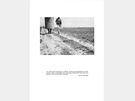
Ernst Caramelle. Ed. Secession. Vienna, 1993.
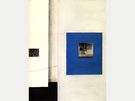
Ernst Caramelle. Quasi die Physiognomie im Augenblick der Wahrnehmung. Ed. Portikus. Frankfurt on the Main, 1993.
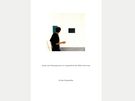
Ernst Caramelle. Ed. Martin Köttering for Städtische Galerie. Text by Caramelle, Ernst. Nordhorn, 1998.

Ernst Caramelle. Ed. Kunsthalle. Text by Loock, Ulrich. Bern, 1986.

Ernst Caramelle. Zwei Arbeiten. Fünf Fälschungen. Ed. Galerie Krinzinger. Innsbruck, 1977.
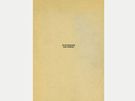
Ernst Caramelle. Fourty found fakes 1976-1978. Text by Caramelle, Ernst. New York: Thomas Way & Company, 1979.
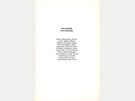
Ernst Caramelle. Ed. Bawag Foundation. Vienna, 2001.
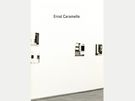
Ernst Caramelle. Ed. Musee departemental. Text by Tosatto, Guy. Rochechouart, 1989.
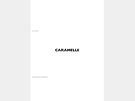
Ernst Caramelle. Ed. Hubert Winter for Galerie Winter. Vienna, 1984.
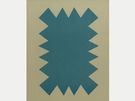
Ernst Caramelle [Version 1]. Ed. Wexner Center for the Arts. Text by Bedford, Christopher. Columbus, 2012.
Ernst Caramelle. Facsimile. Ed. De Zaak. Groningen, 1988.
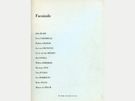
Ernst Caramelle. BRDO 1976. Ed. Ursula Krinzinger. Innsbruck, 1976.

Ernst Caramelle. Gagarin Volume 4 #2. Ed. GAGA. Waasmunster, 2004.

Ernst Caramelle. Various artists. Ed. Franz Graf, Fritz Grohs. Oslo, 1987.

Ernst Caramelle. Een keuze. A choice. Ed. Stichting Kunstbeurs. Amsterdam, 1987.
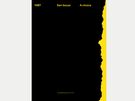
Ernst Caramelle. The METRONOME, or Backwards Translation: (No. 4 - 5 - 6). Ed. Clementine Deliss. London: Metronome Press, 1999.

Ernst Caramelle. Zweitschrift 8 m.u.(z.i.e.k.) ². Ed. Uta Brandes-Erlhoff, Michael Erlhoff, Paul Komor, Harald Welzer. Hannover: Zweitschrift, 1981.

Ernst Caramelle. Conzert für Klavier und Gespräch. 1974.
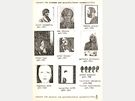
Ernst Caramelle. Josef Troma schläft heute (Marginalien). Ed. Karl Riha. Frankfurt on the Main: Patio Verlag, 1978.
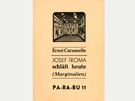
Ernst Caramelle. 2 pieces of each work / 2 works of each piece. Ed. Galeria Buades. Madrid, 1979.
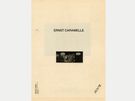
Ernst Caramelle. Blätter 1973 - 1978. [2]. Ed. Peter Weiermair for Kunstverein. Texts by Ammann, Jean Christophe; Bayrle, Thomas; Zacharopoulos, Denys. Frankfurt on the Main, 1981.
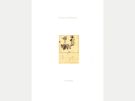
Ernst Caramelle. Och könn jetzt not roden. Hannover: Zweitschrift, 1981.
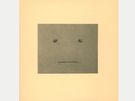
Ernst Caramelle. Detail einer Totalansicht. Berlin: Rainer Verlag, 1984.
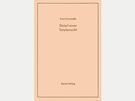
Ernst Caramelle. Marginalien. Ed. Petersen Galerie. Berlin, 1984.

Ernst Caramelle. (publication). Ed. Jack Tilton Gallery. New York, 1986.

Ernst Caramelle. after image. Ed. Museum Schloss Hardenberg. Velbert, 1989.
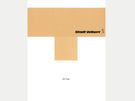
Ernst Caramelle. Grandeur nature. Life-size. Ed. Musee d'art moderne. Paris, 1990.

Ernst Caramelle. Ed. Museum Haus Lange. Krefeld, 1990.

Ernst Caramelle. Panorama der Retrospektiven. Berlin: Rainer Verlag, 1990.

Ernst Caramelle. Die Kataloge vom Caramelle sind keine Kataloge, sondern Publikationen von Abbildungen einer Ausstellung, die entweder schon vorbei oder noch nicht zu sehen ist. Ed. Galerie Ferdinand Maier. Kitzbühel, 1998.
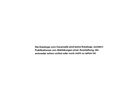
Ernst Caramelle. Freibord Nr. 125 (3/2003). Ed. Jaschke, Gerhard. Wien: Edition Freibord, 2003.
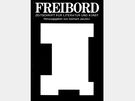
Ernst Caramelle at Lawrence Markey 1993 - 2009. Ed. Lawrence Markey Gallery. San Antonio, 2009.
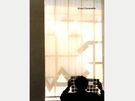
Ernst Caramelle. Bulletin art aujourd'hui. Janvier No 1 [MEDIA INTERVENTION]. Ed. Camille von Scholz for Galerie Camomille. Brüssel, 1982.
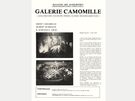
Ernst Caramelle. Bücher. Drucksache zu ermäßigter Gebühr. Ed. Neues Museum Weserburg. Text by Schraenen, Guy. Bremen, 1993.
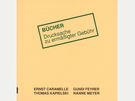
Ernst Caramelle. Grafschafter Nachrichten.12. Dezember 1998. Nordhorn, 1998.
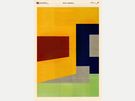
Ernst Caramelle. Der Standard. 22. April 1999. Ed. Museum in Progress. Vienna, 1999.
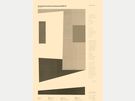
Ernst Caramelle. Lobster (April/Mai). Ed. Jochen Meurers for Lobby für Wohnsitzlose und Arme. Frankfurt on the Main, 2000.

Ernst Caramelle. Le Tableau Contemporain. Ed. Musee d'art moderne et contemporain. Strasbourg, 2004.

Artworks
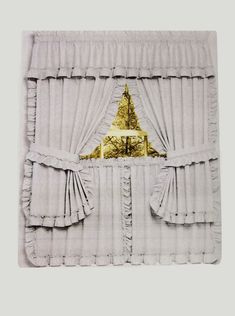
Anonyme Bilder, 1986-1991
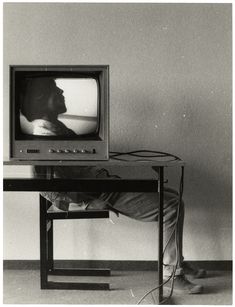
Aus der Serie "Video-Landschaften", 1974
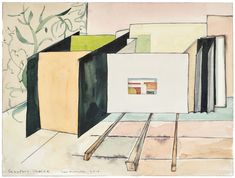
Curator's Choice, 2010
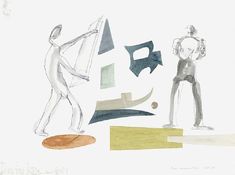
Drawing and Construction, 2010
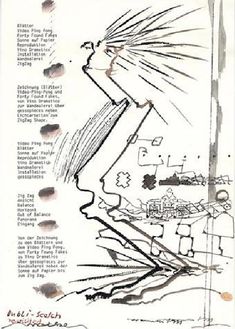
Dubli. Scetch revisited, 1999

Einladungskarten, 1977-2013
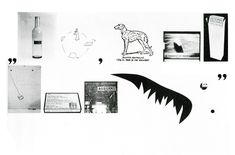
Kunstplakate, 1975-2013
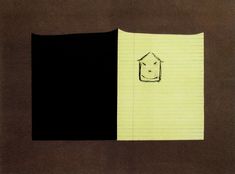
Limitierte Editionen, 1982-2001

Ohne Titel, 1984
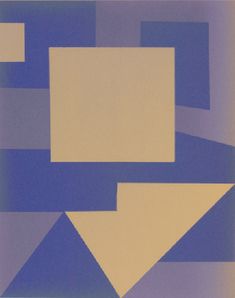
Ohne Titel, 2001-2003
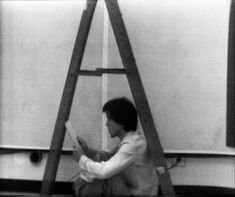
Sketch-Tape, 1975
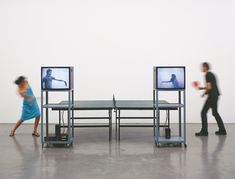
Video-Ping-Pong, 1974
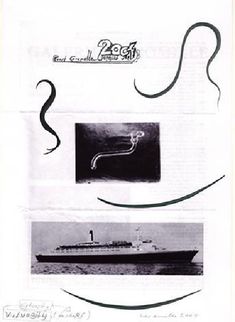
Virtuosity (unscharf), 2004